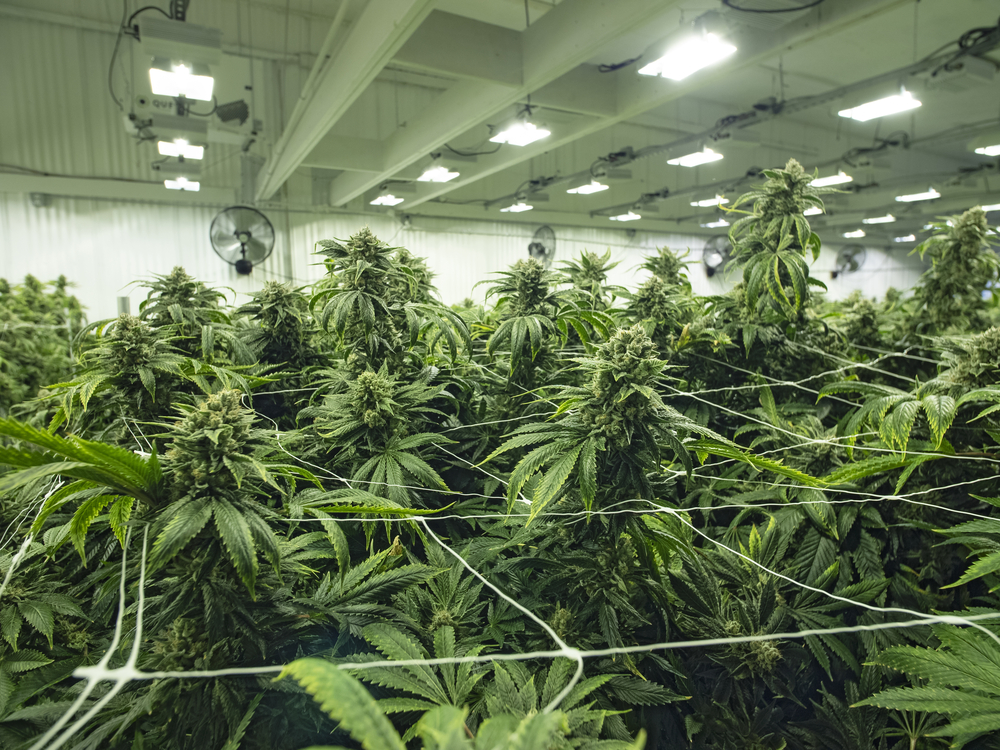3 Different Types of Cannabis Cultivation Licenses in Canada

Cannabis has been legal to sell and use in Canada since October 2018. The passing of Bill C-45 opened up a whole new world for businesses to explore.
If you're thinking of getting into the Cannabis cultivation business, it will help to know what kind of regulation you'll be dealing with. There are three types of cannabis cultivation licenses in Canada: Standard cultivation license, micro cultivation license, and nursery license.
Let's take a look at all three now.
Standard Cultivation License
This is the best license for large-scale growers. The standard cultivation license allows you to grow an unlimited amount of Cannabis materials, whether that's flower or clones.
The license also permits growers to sell their products to other cultivators who hold cannabis cultivation licenses in Canada. You'll also be allowed to sell your product to companies with R&D licenses–which allow for the distribution of cannabis products for research purposes. Finally, you'll be permitted to sell your products to retail outlets and medical marijuana dispensaries.
When applying for a standard cultivation license, you can also apply for a processing license for the same site. This license will cover all outdoor crops in regions with the best climate available to achieve maximum yield.
While this license allows you to grow as much cannabis as you wish, it comes with some significant stipulations and regulations. Health Canada will expect you to maintain a high level of security standards at your sites. These include:
- Recording comings and goings
- Fitting and routinely monitoring an intrusion alarm system
- Regular monitoring of the perimeter
In short, this license is the best macro-level option for those looking to cultivate large crops and sell to a wide variety of customers.
Micro Cultivation License
If you're looking at starting a smaller-scale cannabis business, a micro cultivation license might be best for you.
The main difference between the micro cultivation license and the standard cultivation license is the size of your grow. With this license, you are limited to 200 square meters (2,150 sq. Ft) of grow space. You must clearly demarcate the area of your grow.
Bear in mind. This space limit also applies in a vertical setting. Even if you're using a tier system to grow your cannabis, the total area will be aggregated and must be within the 200 square meter limit. The limit also applies to outdoor crops and does not include access space. Furthermore, you'll be limited to a maximum output of 600kg of dried cannabis per year.
Much like the standard cultivation license, you can sell your product to other cultivators, processors, and companies with R&D licenses.
Nursery License
This is the perfect license if you're looking to sell seeds and clones to other cultivators.
The nursery license allows you to grow cannabis plants and seeds, so long as the total plant area does not exceed 50 sq. Ft. This limit is only for flowering plants, though. You won't be limited in terms of canopy size.
To maintain the distinctions between the nursey license and the other types of cannabis licenses, Health Canada has some stipulations in place. You won't be authorized to harvest any more than 5kg of flowering heads from your plants. You'll also have to make sure and destroy these flowering heads within 30 days.
Selecting the Right Type of Cannabis License
The nuances between the different licenses can often be confusing, so it's best to consult a professional. Before you begin the application process, you'll need to know which license is best for you.
Selecting the correct type of cannabis license comes down to your business plan. For example, a standard cultivation license, with its unlimited scope for crop size, will require millions of dollars of capital expenditure. The micro cultivation license, on the other hand, will be cheaper. In security costs alone, the micro license is 60% cheaper.
Another factor to consider is whether you'll be growing in a greenhouse, outdoors, or a combination of indoors and outdoors. Each of these business models will come with varying levels of capital expenditure.
Capital expenditure will also happen to be your biggest obstacle. Many Canadian banks are in direct relations with American banks, which, given their different cannabis laws, are often prohibited from financing cannabis businesses.
Select your business model very carefully because this can save you hundreds of thousands of dollars in buildout costs that you'll encounter in the startup phase.
There are methods to save costs on this phase. Health Canada refers to it as the 'phased buildout approach.' Essentially this entails starting with a small-scale buildout. After this, you can obtain your license and begin operating after spending only the minimum amount of capital. We here at Growth West Finance have the expertise to help you implement this approach.
Once you've moved past the startup phase and your business is cash flow positive, you can simply amend the license to remove any grow limits and begin operating at an unlimited capacity for a fraction of the cost. This will increase your output and your revenues.
Employ a Master Grower
One of the conditions of your license will be to employ a master grower. This person will be responsible for the cultivation, propagation, and harvesting of the cannabis product. You can also select an alternate master grower if you wish.
Both of these people will be required to have an excellent working knowledge of the Cannabis Act and the industry regulations about your activities. This is a vital requirement.
Apply for Cannabis Cultivation Licenses in Canada Today
That's your guide to the different types of cannabis cultivation licenses in Canada. If you think you're ready to take the next step with your cannabis business, let Growth West take you there.
Contact us today to see how we can help you apply for and gain your cannabis cultivation license.
